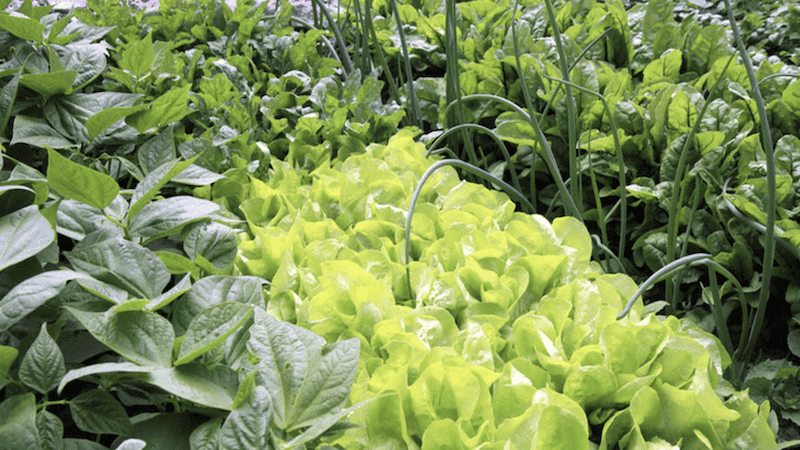Permaculture: An Integrated Approach for Sustainable Farming and Gardening
Permaculture is a farming and societal design methodology that is rooted in emulating or directly utilizing patterns identified in natural ecosystems. This article will delve into permaculture, elucidating its potential as a holistic strategy for achieving sustainable agriculture and horticulture.
Understanding Permaculture
Permaculture is more than just a method of farming or gardening; it's a holistic approach to sustainable living and land use. The term "permaculture" combines "permanent" and "agriculture," reflecting its focus on creating sustainable and self-sufficient agricultural systems.
Decoding Permaculture
Permaculture transcends being merely a farming or gardening technique; it represents a comprehensive philosophy geared towards sustainable living and responsible land use. The word "permaculture" is a blend of "permanent" and "agriculture," underscoring its commitment to fostering sustainable and self-sustaining agricultural systems.
Foundational Permaculture Principles
Several fundamental principles underpin permaculture, each targeted towards establishing a sustainable and harmonious coexistence between human beings and nature.
Aligning With Nature, Rather Than Resisting It
Permaculture advocates for understanding and replicating natural ecosystems. This principle involves aligning with the cycles and processes inherent in nature, as opposed to seeking to manipulate or suppress them.
Multiplicity of Purpose in Each Element
In the realm of permaculture design, every element - whether it be a plant, animal, or structure - should fulfill multiple purposes. As an illustration, a tree might simultaneously offer shade, bear fruit, and serve as a support for climbing vegetation.
Interconnectedness of all Things
Permaculture accentuates the connections between different elements. Comprehending these connections allows us to design systems in which elements bolster one another, minimizing the requirement for external interventions.
Advantages of Permaculture for Agriculture and Horticulture
Permaculture bestows several benefits, positioning it as a persuasive method for sustainable agriculture and horticulture.
Sustainability
Permaculture systems are conceived to be self-sustaining. By reflecting natural ecosystems, they are capable of regenerating their own soil fertility, pest management mechanisms, and other resources.
Biodiversity
Permaculture promotes the incorporation of a diverse array of plants and animals, fostering biodiversity. This approach not only aids wildlife but also fortifies the system's resistance to pests and diseases.
Versatility
Permaculture layouts can adapt to local circumstances and resources, rendering them suitable for a variety of environments and climates.
Permaculture: The Route to Sustainable Agriculture
Permaculture provides a comprehensive and sustainable blueprint for agriculture and horticulture. By aligning with nature rather than opposing it, we can establish agricultural systems that are sustainable, robust, and productive. In a time marked by climate change and increasing concerns about food security, permaculture paves the way towards a more sustainable and resilient food system.



.png)
.png)
.png)

.png)